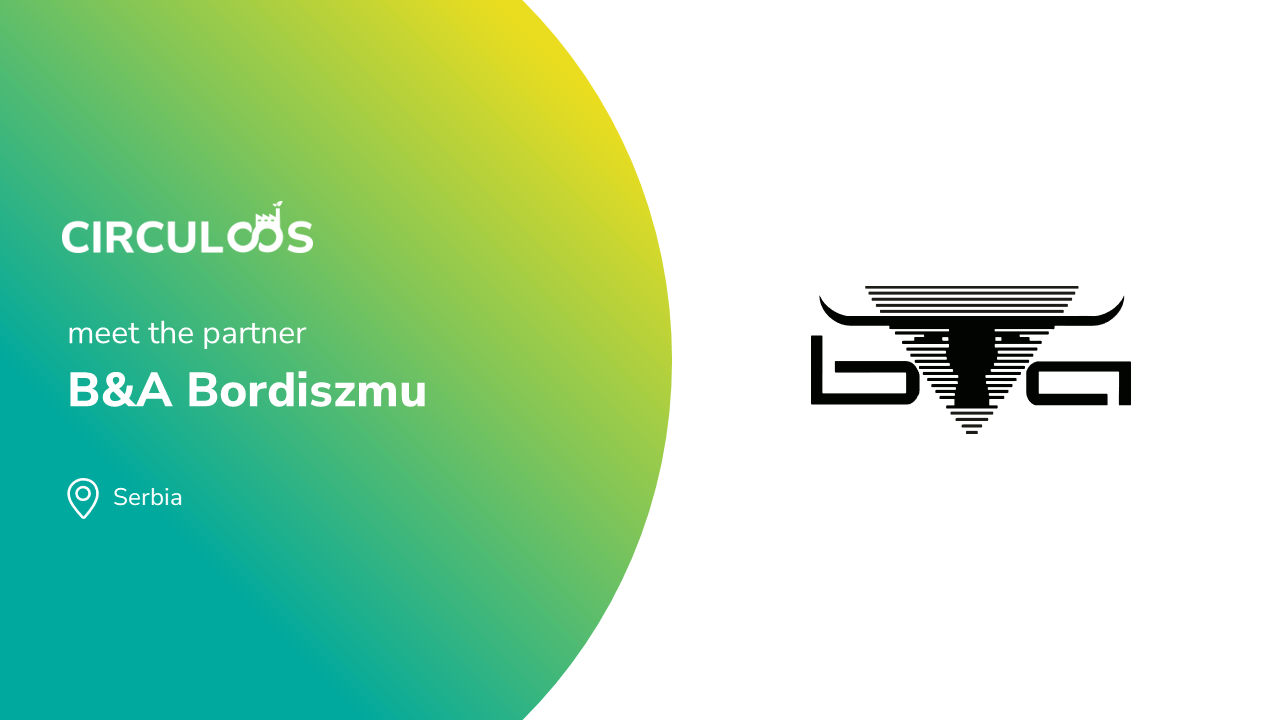B&A Bőrdíszmű, established in 2015, the company specialise in manufacturing leather, felt, textile, and artificial leather accessories. B&A is a key player in the international market. Their expertise lies in small-item manufacturing, and they are poised to extend their global activities, initiate raw material recycling, and forge strategic partnerships with Khoani and other light industrial firms through this exciting project.
Can you detail your specific role in the CIRCULOOS project?
Our role in the CIRCULOOS project centers on participating in the leather industry pilot, where we focus on producing fine art-based leather products and exploring opportunities for a circular transition within our operations. We are also dedicated to developing and testing new product lines that address the recovery and reuse of leather waste, aiming to integrate sustainable practices into our core business processes.
What specific challenges or opportunities do you hope to address or explore through your involvement in the project?
Sustainability is increasingly important to us and our customers. Through our involvement in the CIRCULOOS project, we are committed to developing sustainable products, which is a challenging task. The project provides us with an opportunity to work intensively on creating these products, fostering innovation in sustainable manufacturing within the leather industry.
How does your company’s participation in the CIRCULOOS project relate to your previous experiences in sustainability, digital transformation, or circular practices?
As a small manufacturer of handcrafted products, we have already embarked on paths toward internationalization and sustainability. The CIRCULOOS project enhances our efforts to implement sustainable solutions in waste management and material use, building on our existing practices and pushing us further along the digital transformation journey.
How do you plan to engage in collaborative efforts to enhance the project’s outcomes?
We are committed to actively participating in knowledge-sharing and collaborative efforts to communicate the project’s results across various forums. By engaging directly with relevant actors during the pilot’s implementation in our sector and region, we aim to effectively disseminate the outcomes and insights gained, enhancing the impact of the project.
How do you see your involvement in the project contributing to the growth and innovation of the broader manufacturing ecosystem?
Our participation in the project allows us to expand available information about our supply chain and test procedures that could be applicable not only in our industry but also in other sectors. This contributes to the growth and innovation of the broader manufacturing ecosystem by introducing versatile, sustainable solutions that address common challenges.
What challenges do you foresee in adopting circular manufacturing practices within your organization?
One of the most significant challenges is changing the attitudes of people involved in our production processes. While the number of conscious consumers is noticeably increasing, a substantial shift in the attitudes of our suppliers and labor market participants is essential for achieving a true transformation towards circular manufacturing practices.
What is your future vision of the project?
Our vision for the project involves developing sustainable products that appeal to new consumer groups, thereby expanding our market reach. We aim to rationalize waste streams and plan continuous improvements in our processes to further our green and digital transitions, setting a model for sustainability in the leather industry.
How will the Circular Economy change the manufacturing sector?
In the manufacturing sector, the Circular Economy’s impact varies by industry. In our sector, the widespread adoption of new technologies and suitable alternatives for raw materials, accessories, and packaging is still limited. As a small manufacturer, finding the right solutions poses a serious challenge, and an even greater challenge lies in developing circular products that are both affordable and acceptable to the market. This requires innovative approaches to overcome the inherent difficulties in transitioning to circular manufacturing practices.


